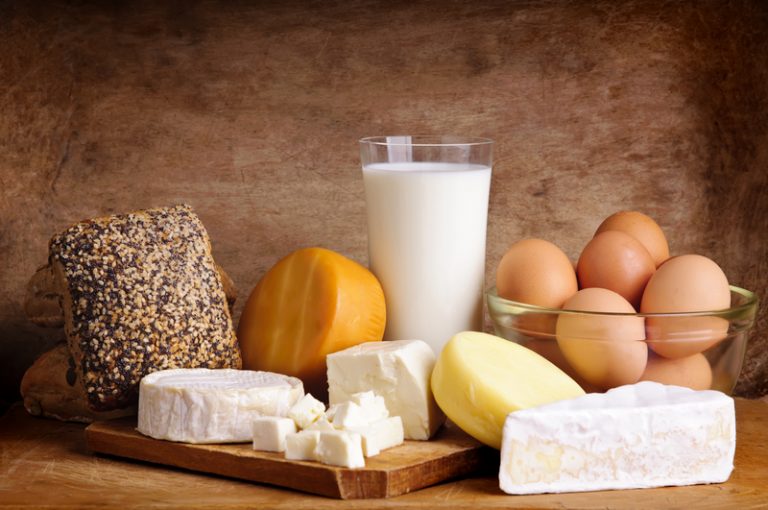Taking in enough calcium when you are young prevents its deficiency when you get old.
Foods that are rich in calcium
Tahini
Many people think that milk and dairy products are the foods with the most calcium per ounce, but actually, it is tahini. This condiment made from ground sesame seeds is rich in protein, along with many vitamins and minerals. The level in tahini is much more than that in vegetables and beans. Frequent intake of tahini benefits your bones and teeth and prevents the early development of graying hair and hair loss.
Dried shrimp
Dried shrimp is very rich in calcium. The amount in dried shrimp is next only to that of tahini. The protein in dried shrimp is a dozen times more than that in fish, eggs, and milk. There are also minerals such as potassium, iodine, magnesium, phosphorus, and Vitamin A in dried shrimp, which are excellent for those who need nutritious food after recovering from illness. Dried shrimp can help prevent hypertension and heart failure, and can also increase the appetite of the elderly and improve their health.
Milk
Milk is very nutritious and contains many minerals. Per serving, it is the best source of this mineral for the human body, and the ratio of calcium and phosphorus is good for its absorption. Milk is one of the best foods for calcium intake.

Cheese
Dairy products are good choices for calcium intake. Among them, cheese contains a high level of calcium that is easy to absorb. Cheese helps the human body to fight against diseases, improves metabolism, increases energy, and protects the health of the eyes. Lactic acid-producing bacteria and their metabolites in cheese can improve general health.
Mustard
Mustard is rich in calcium and Vitamins A, B, C, and D. It can improve your appetite and help digestion, refresh the spirit, and relieve fatigue. It increases eyesight and prevents constipation, especially in aged people and those who frequently experience constipation.
Sea cucumber
Sea cucumber is a nutritious food that is rich in calcium and protein, but low in fat and cholesterol.

Seaweed
Seaweed is rich in iodine, calcium, choline, and iron. It can increase memory, improve anemia, support the growth of bones and teeth, and uplift immunity. The elements in seaweed can help prevent the development of cancer.
Edible tree fungus
Edible tree fungus can lower blood pressure and improve calcium absorption. It can help relieve pain and increase blood circulation. The colloids in tree fungus can gather waste materials in the gastric system and remove them from the body. It also helps digest fibers and dissolve gallstones and kidney stones.
Kelp
Kelp is rich in calcium and other nutrients necessary for the health of the human body.
Black beans
The calcium level in black beans is higher than that found in soybeans. The protein in black beans is 2 times more than meat, 3 times more than eggs, and 12 times more than milk. There are 18 amino acids in black beans, among them, 8 are necessary for the human body. Frequent intake of black beans can soften blood vessels, nourish the skin, and delay aging. They are especially beneficial for patients with hypertension and heart disease.
In addition to the above-mentioned foods, canned sardines, canned salmon, and tofu are also healthy foods that are rich in this mineral.
Translated by Audrey Wang
The writer of this story is not a medical professional, and the information that is in this story has been collected from reliable sources – every precaution has been taken to ensure its accuracy. The information provided is for general information purposes only, and should not be substituted for professional health care.
Follow us on Twitter, Facebook, or Pinterest

